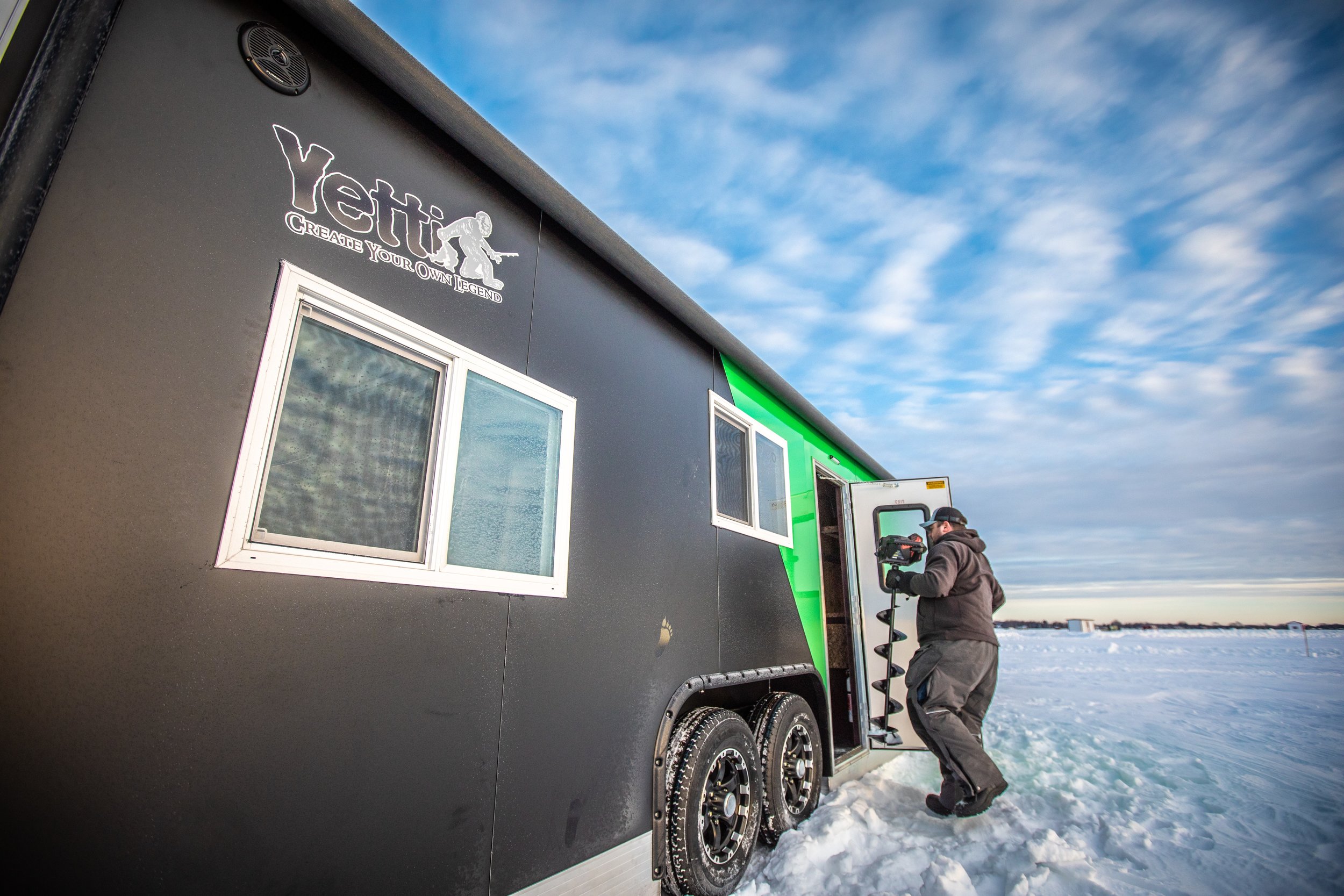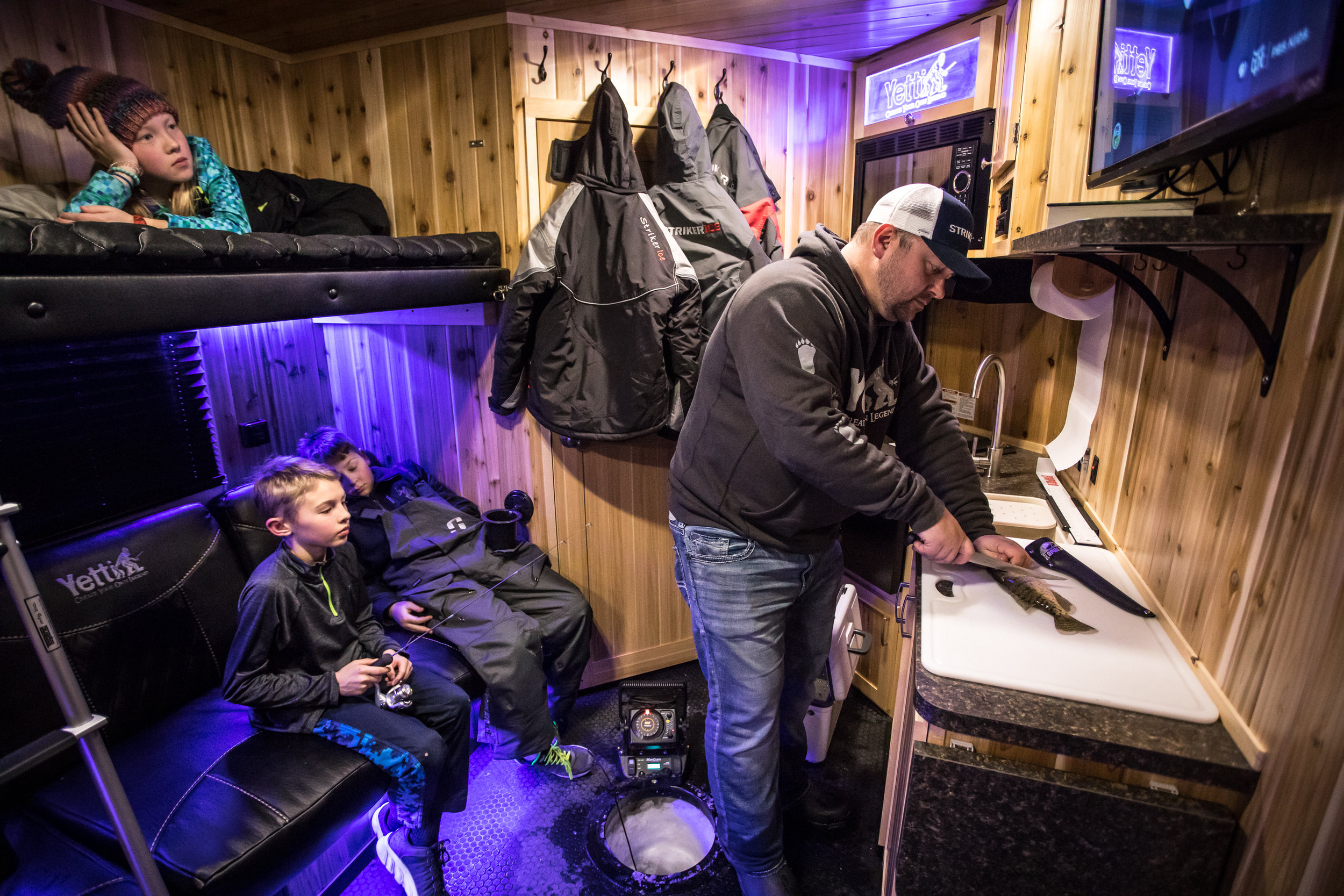I stand at my grandma’s place in town, with cousin Todd Heinrich and the first bird we took in 1996.
My introduction to turkey hunting did not play out like the fairytales you see on so many TV hunts these days. I didn’t luck out on my first sit, or have someone that dropped me in a blind and called in a bird for me. I was 14, and all I knew about turkeys came from some deer stand observations the previous fall. The results showed, with my first 3 years being completely unproductive, at least in terms of harvesting a bird. At that time, I wasn’t always lucky enough to draw a license, and the only tagging I did was tagging along with friends and family as they struggled through the learning process as well. I’m thankful for those failures however, because the impact of our first then left an indelible mark. It was a defining moment for me, and more importantly, a hunt that continues to teach, as have many of the hunts I’ve journaled over the years. Some are more memorable than others, but each one has lessons embedded deep within the story of that experience. This article describes the first in a series of hunts that changed the way I think about turkey hunting, and shaped my strategies and tactics forever.
I knew calling was a “big-deal” in turkey hunting, as the few resources that were out there in the early 1990’s made heavy mention of it. That, and most calls you purchased at the time came with an instructional cassette tape. I couldn’t blow a mouth call well, but a slate was easy enough to get both good sound, and a number of different turkey vocalizations out of. Still, against my ear, and that of the turkeys, I continued to beller and blast ridges and valleys with the poor sounds of a diaphragm. I remember the sound being more similar to an upset goose than any self-respecting hen turkey, but I persisted nonetheless. Faint and far off gobbles was all I’d ever hear while hunting multiple days that first season. I never saw a bird, and what hearing of them I did could’ve been shock gobbles more than an interested tom anyway.
Year 2 was far different. I cut my teeth, and found a way to blow no less than 10 separate chances at toms. It was an embarrassment of riches, at least from the perspective of the sheer number of birds I contacted. They were everywhere, and I was terrible. I had one bird come from the top of a ravine all the way to the stream and valley floor below, many hundreds of yards straight to my calling, only to hang up on downed brush throughout the pasture I was sitting in. I had another bird literally rush me as I was setting up along an open field edge. Still another I hung in the tree 40 yards from me as it gobbled at every noise I made, before making me, and flying down the opposite direction. If there was a way to mess up a bird, I became good at it. Yet I was seeing birds, and even attracting them to my position, getting better and better with that mouth call as I heard hens wake up around me and go about their daily business.
By the latter part of my third season, I’d seen a few tricks that birds can play, but never had that magical moment where a bird strutted across a wide open space, lured to the call as if entranced. That is, until a fine April morning in a steep-sided pasture of grass and cattle. The birds roosted in a ravine through which we had to sneak, early enough so as not to wake them. That left us in fine position at the upper end and head of the pasture, as birds sailed down and out of trees to the bottom corner of it. They had no interest in us, and proceeded to work in circles throughout the lower end for nearly an hour. They chased each other, strutted, gobbled, fought, and ate. Truly it was an incredible sight as cardinals boomed, and the sun eventually cut back the haze hanging throughout the valley.
Every few minutes or so I offered a couple yelps, to no avail, as birds eventually worked further down the valley and away from us. At least until I broke out an old slate. Cheap plastic in construction, with a soft but hollow sound, it certainly didn’t sound good to my ears. To a young tom that day in 1996, it was the best thing he’d ever heard. Eager to put on a show, his first move was to reveal himself, 150 yards below us, emerging just from the timber to dance and gobble without approaching. This kept on for long minutes, though by now I was learning to shut up as much as call. Patience came harder to me then, but over the course of the next 30 minutes, I’d watch him continue his processional in a two-steps-forward, one-step-back type of march. Up the hill he came, quite silently save the intense “pffffffffffffffft, vvvvvvvvrooooooom” sound I’d later come to know as spitting and drumming. It took an eternity for him to reach the 30 yard mark, and the Winchester pump that poked between the top two strands of barbed wire rang throughout the valley. It was this bird’s end, and my beginning.
It was an “aha” moment for me as a hunter, and a student. When something clicks like that spring morning did for me, it sinks into your grey matter and leaves you wanting more, making you anxious to learn more in the process. That bird hated the “better” sounding call, favored the “poor” sounding one, and even then approached in a cautious, measured manner. The more I’d call, the harder he’d strut. Luckily for me, I believed that call sounded bad, so I used it far more sparingly than the one I was more confident in. As long as he was coming my way, I wasn’t talking, and it made all the difference. So did our early approach. Hanging a bird in the tree on that same ravine roost the year previous reminded me of that.
It was the first in a number of landmark hunts that I’d like to share with readers, as each was a complete breakthrough for me and the way I approached the sport. I’m guessing that many of you who’ve hunted them a few years have had similar experiences. It’s these hunts that continue to mold our hunting future, often for better but sometimes for worse. The amazing part is that no matter how many states I’ve hunted, weapons I’ve used, or turkeys I’ve taken, I still have these hunts from time to time. Most recently, a Wisconsin hunt last season, again forever changed the way I’ll look at field birds. More on that story to come, and until then, break out your turkey gear and think of warmer days and gobbling turkeys.







